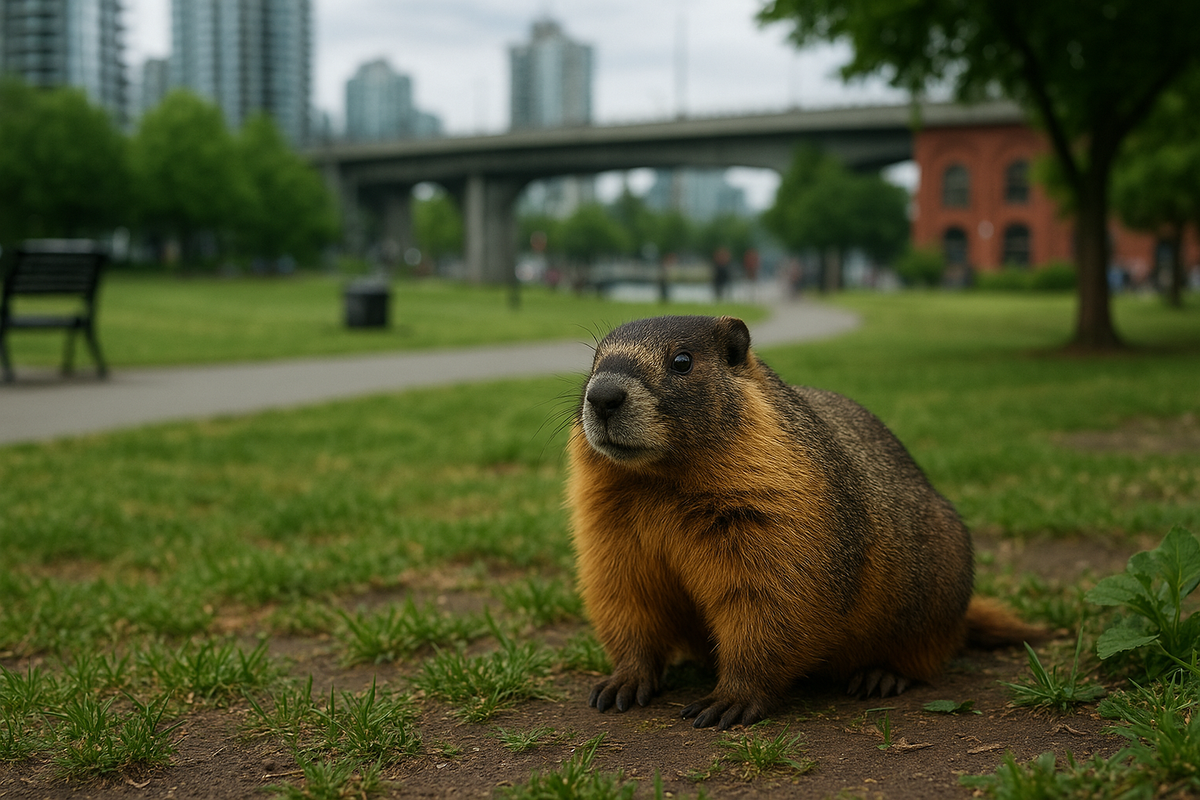The Yellow-Bellied Marmot: A Surprising Newcomer to North Vancouver and Mount Pleasant
Yellow-bellied marmots are impressive animals. Adults typically weigh between 3.5 and 11 pounds and can measure up to two feet long when fully stretched out. They are stocky, with thick fur that's yellowish-brown on the belly and darker on the back, making them quite noticeable. Let's talk about it.










